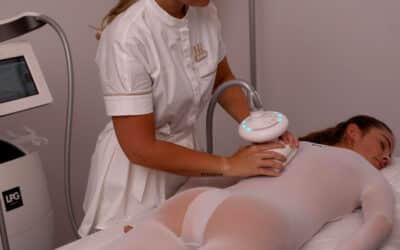General anesthesia, sedation, local anesthesia… There are many anaesthetic techniques available for surgical procedures. But what is the most appropriate anesthesia technique for a cosmetic surgery procedure?
Sedation, the ideal anesthesia technique for cosmetic surgery
Sedation is particularly well suited to cosmetic surgery because of its lack of side effects and its rapid recovery.
But what exactly is sedation? This anesthesia technique consists of the continuous administration of Propofol, a substance intended to induce sleep of a depth close to that of deep physiological sleep.
Very small doses of pain medication, from the opioid class, can be added, but only in infinitesimal quantities, depending on the type of procedure: breast and abdominal procedures.
Once the patient is asleep, local anesthesia is applied to the area to be operated on to complete the sedation in order to eliminate pain.
Sedation associated with the surgeon’s local anesthesia is THE safest technique and by far the most adapted to cosmetic surgery.
It is 10 times less “risky” than a general anesthesia, or 1 in 10 million times…which is 10 times less than the aeronautical risk when you take an airliner or 50 times less than when you take a day trip by car!
The many benefits of sedation
- The near absence of side effects such as nausea or sleep disorders.
- The extremely rapid recovery allows for a discharge within the day, although the patient can always choose to extend his stay for reasons of comfort.
- The almost total absence of allergic risk.
- The impossibility of “waking up” during the procedure due to the continuous administration of Propofol.
- The non-existence of risk related to tracheal intubation, due to the maintenance of the patient’s spontaneous breathing under sedation, making intubation pointless.
Sedation anesthesia at Laclinic is performed according tothe highest standards of quality in terms of both equipment and professional requirements, in order to offer patients quality and safety in line with their demands.
The surgical and anesthetic teams are at your disposal for any questions you may have.







